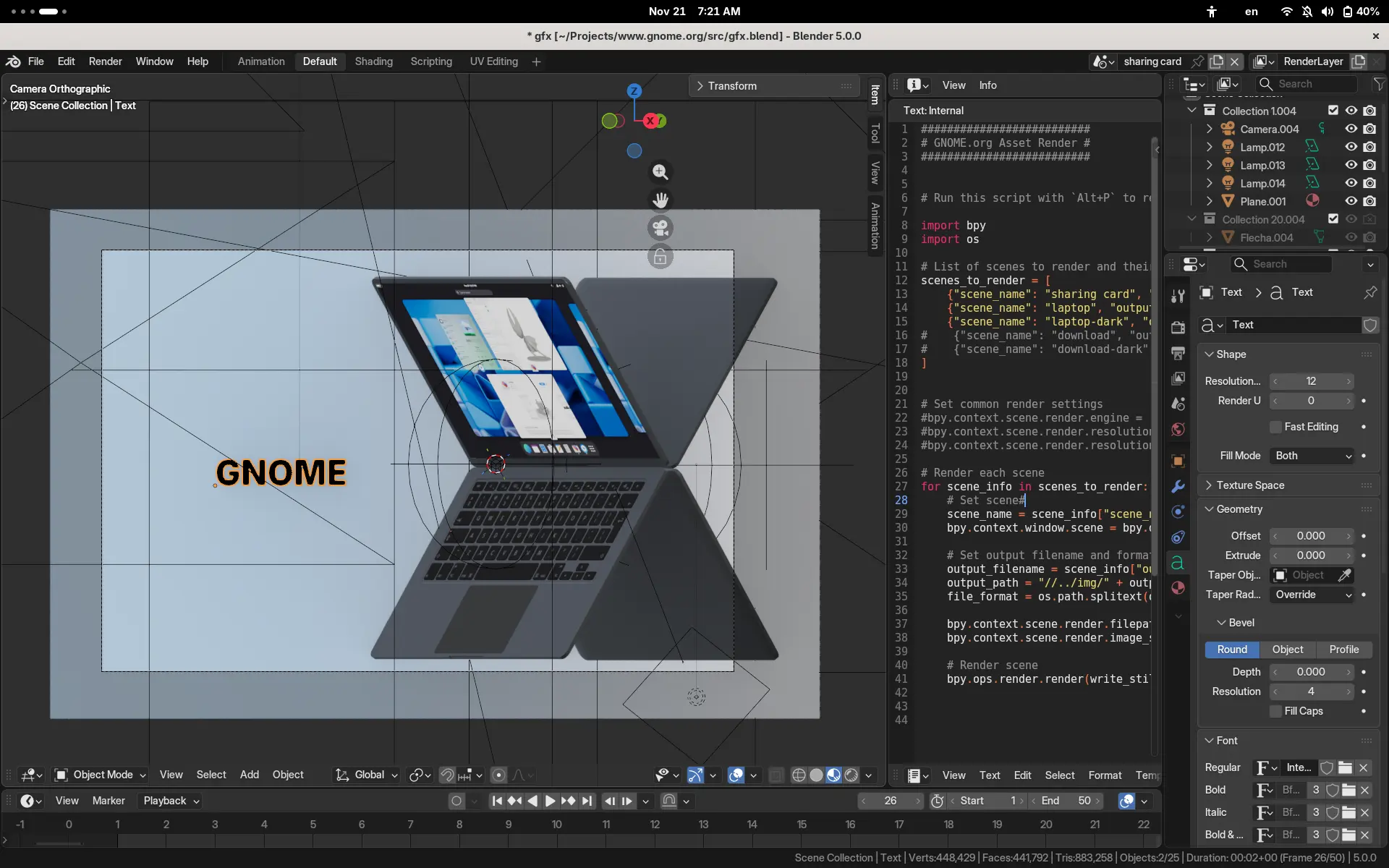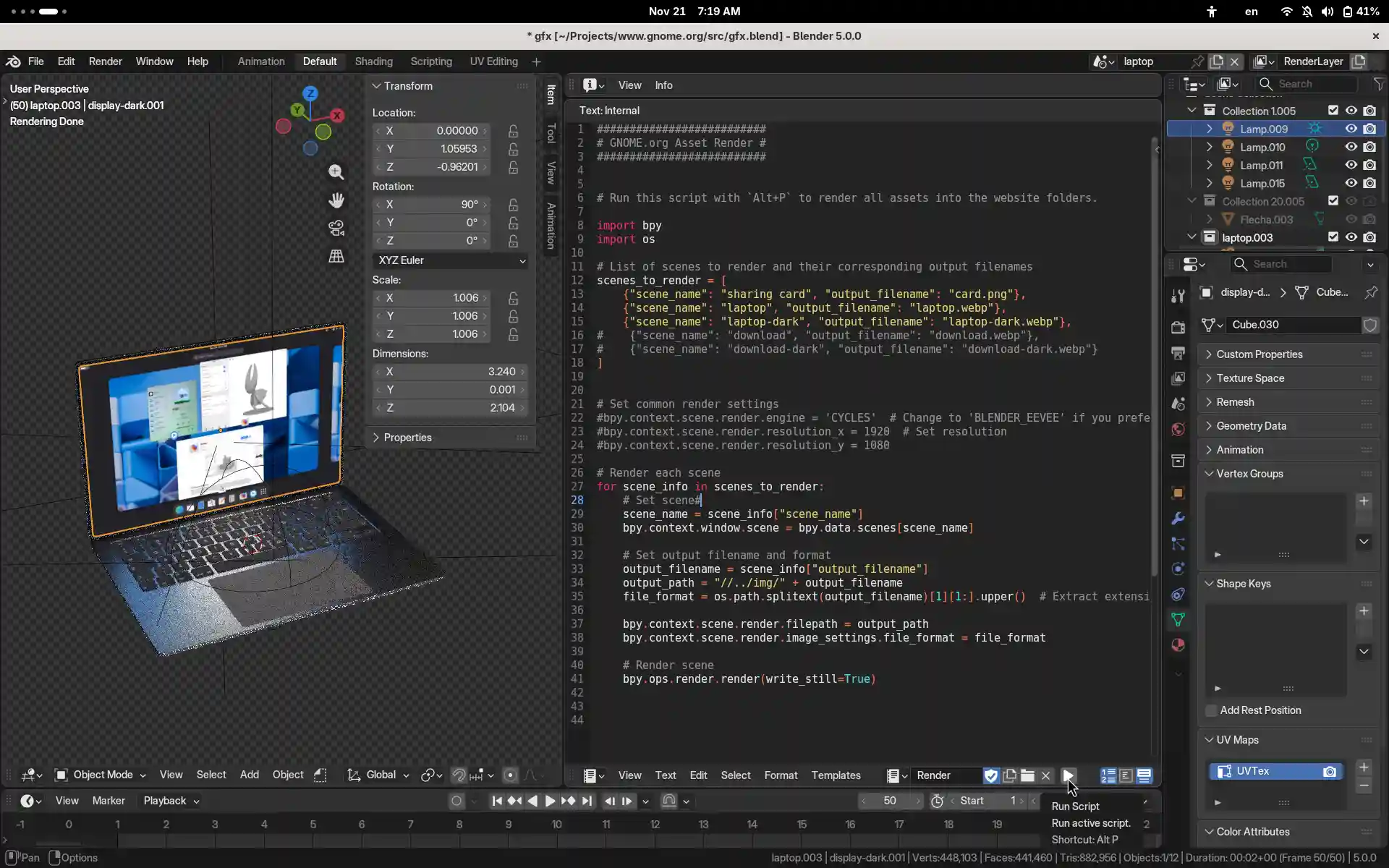Bo día.
I am writing this from a high speed train heading towards Madrid, en route to Manchester. I have a mild hangover, and a two hundred page printout of “The STPA Handbook”… so I will have no problem sleeping through the journey. I think the only thing keeping me awake is the stunning view.
Sadly I havent got time to go all the way by train, in Madrid i will transfer to Easy Jet. It is indeed easy compared to trying to get from Madrid into France by train. Apparently this is
mainly the fault of France’s SNCF
.
On the Spain side, fair play. The ministro de fomento (I think this translates as “Guy in charge of trains?”) just announced major works in Barcelona, including a new station in La Sagrera with space for more trains than they have now, and a more direct access from Madrid, and a speed boost via some new type of railway sleeper, which would make the top speed 350km/h instead of 300km/h as it is now. And some changes in Madrid, which would reduce the transfer time when arriving from the west and heading out further east. You can argue with many things about the trains in Spain… perhaps it would be useful if the regional trains here ran more than
once per day
… but you cant argue with the commitment to fast inter-city travel.
If only we had similar investment to fix the
cross border
links between Spain and France, which are something of a joke. Engineers around the world will know this story. The problem is social: two different organizations, who speak different languages, have to agree on something. There is already a perfectly usable modern train line across the border. How many trains per day? Uh… two. Hope you planned your trip in advance because they’re fully booked next week.
Anyway, this isn’t meant to a post on the status of the railways of western Europe.
Digital Resilience Forum
Last month I hopped on another Madrid-bound train to attend the
Digital Resilience Forum
. It’s a one day conference organized by
Bitergia
who you might know as world leaders in open source community analysis.
I have mixed feelings about “community metrics” projects. As Nick Wellnhofer said
regarding libxml
, when you participate as a volunteer in a project that is being monitored, its easy to feel like you’re being somehow manipulated by the corporations who sponsor these things. How come you guys will spend time and money analyzing my project’s development processes and Git history, but you won’t spend time actually fixing bugs and improvements upstream? As
the ffmpeg developers said
: How come you will pay top calibre security researchers to read our code and find very specific exploits, but then wait for volunteers to fix them?
The Bitergia team are great people who genuinely care about open source, and I really enjoyed the conference. The main themes were: digital sovereignty, geopolitics, the rise of open source, and that XKCD where all our digital
infrastructure depends on a single unpaid volunteer in Nebraska. (
https://xkcd.com/2347/
). (Coincidentally, one of the Bitergia guys actually does live in Nebraska).
It was a day in a world where I am not used to participating: less engineering, more politics and campaigning. Yes, the
Sovereign Tech Agency
were around. We played a cool role play game simulating various hypothetical software crisis that might happen in the year 2027 (spoiler: in most cases a vendor-neutral, state-funded organization focused on open source was able to save the day : -). It is amazing what they’ve done so far with a relatively small investment, but it is a small organization and they maintain that citizens of every country should be campaigning and organizing to setting up an equivalent. Let’s not tie the health of open source infrastructure too closely to German politics.
Also present, various campaign groups with “Open” at the start of their name: OpenForum Europe, OpenUK, OpenIreland, OpenRail. When I think about the future of Free Software platforms, such as our beloved GNOME, my mind always goes to funding contributors. There’s very little money here and meanwhile Apple and Microsoft have nearly all of the money and I feel like still GNOME succeeds largely thanks to the evenings and weekends of a small core of dedicated hackers; including some whose day job involves working on some
other
part of GNOME. It’s a bit depressing sometimes to see things this way, because the global economy gets more unequal every day, and how do you convince people who are already squeezed for cash to pay for something that’s freely available online? How do you get students facing a super competitive job market to hack on GTK instead of studying for university exams?
There’s another side which I talk about less, and that’s education. There are more desktop Linux users than ever — apparently 5% of all desktop users or something — but there’s still very little agreement or understanding what “open source” is. Most computer users couldn’t tell you what an “operating system” does, and don’t know why “source code” can be an interesting thing to share and modify.
I don’t like to espouse any dogmatic rule that the right way to solve any problem is to release software under the GPLv3. I think the problems society has today with technology come from over-complexity and under-study. (See also, my rant from last month. ). To tackle that, it is important to havesoftware infrastructure like drivers and compilers available under free software licenses. The Free Software movement has spent the last 40 years doing a pretty amazing job of that, and I think its surprising how widely software engineers accept that as normal and fight to maintain it. Things could easily be worse. But this effort is one part of a larger problem, of helping those people who think of themselves as “non-technical” to understand the fundamentals of computing and not see it as a magic box. Most people alive today have learned to read and write one or more languages, to do mathematics, to operate a car, to build spreadsheets, and operate a smartphone. Most people I know under 45 have learned to prompt a large language model in the last few years.
With a basic grounding in how a computer operates, you can understand what an operating system does. And then you can see that whoever controls your OS has complete control over your digital life. And you will start to think twice about leaving that control to Apple, Google and Microsoft — big piles of cash where the concept of “ethics” barely has a name.
Reading was once a special skill reserved largely for monks. And it was difficult: we only started spaces between the words later on. Now everyone knows what a capital letter is. We need to teach how computers work, we need to stop making them so complicated, and the idea of open development will come into focus for everyone.
(and yes i realize this sounds a bit like the
permacomputing manifesto
).
Codethink work
This is a long rant, isn’t it? My train only just left Zamora and I didnt fall asleep yet, so there’s more to come.
I had a nice few months hacking on Endless OS 7, which has progressed from an experiment to a working system, bootable on bare metal, albeit with a various
open issues
that would block a stable release as yet. The
overview docs
in the repo tell you how to play with it.
This is now fully in the hands of the team at Endless, and my next move is going to be in some internal research that has been ongoing for a number of years. Not much of it is secret, in fact quite a lot is being developed in the open, and it relates in part to regulatory compliance and safety-critical softare systems.
Codethink dedicates more to open source than most companies its size. We never have trouble getting sponsorship for events like GUADEC. But I do wish I could spend more time
maintaining
open infrastructure that I use every day, like, you know, GNOME.
This project isn’t going to solve that tomorrow, but it does occupy an interesting space in the intersection between industry and open source. The education gap I talked to you above is very much present in some industries where we work. Back in February a guy in a German car firm told me, “Nobody here wants open source. What they want is somebody to blame when the thing goes wrong.”
Open source software comes with a big disclaimer that says, roughly, that if it breaks you get to keep both pieces. You get to blame yourself.
And that’s a good thing! The people who understand a final, integrated system are the only people who can really define “correct behaviour”. If you’ve worked in the same industries I have you might recognise a common anti-pattern: teams who spend all their time arguing about ownership of a particular bug, and team A are convinced it’s a misbehaviour of component B and team B will try to prove the exact opposite. Meanwhile nobody actually spends the 15 minutes it would take to actually fix the bug. Another anti-pattern: team A would love to fix the bug in component B, but team B won’t let them even look at the source code. This happens muuuuuuuch more than you might think.
So we’re not trying to teach the world how computers work, on this project, but we are trying to increase adoption and understanding at least in the software industry. There are some interesting ideas. Looking at software systems from new angles. This is where STPA comes in, by the way — it’s a way of breaking a system down not into components but rather into one or more control loops. Its going to take a while to make sense of everything in this new space… but you can expect some more 1500 word blog posts on the topic.
 chevron_right
chevron_right



 ”. I was in a petty mood this morning.
”. I was in a petty mood this morning.







